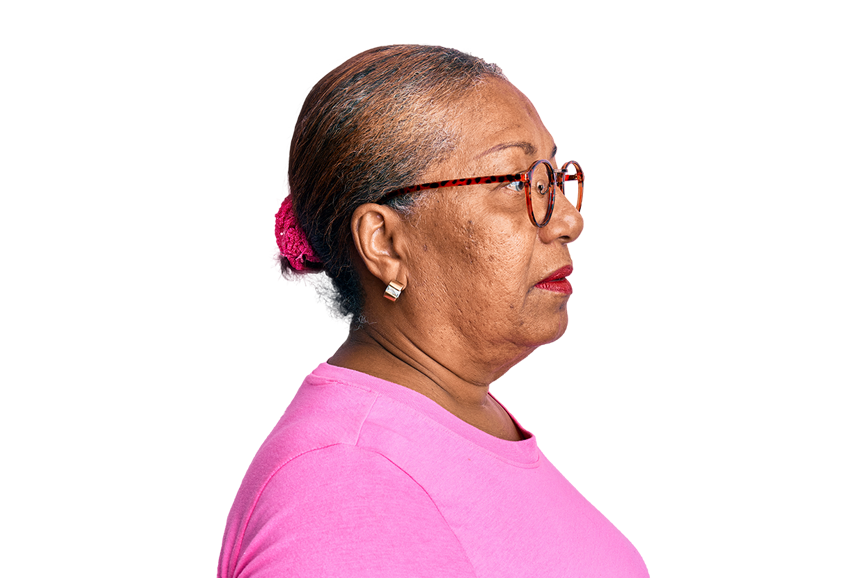The Centre for Personalised Medicine is a partnership between the University of Oxford’s Centre for Human Genetics and St Anne’s College, Oxford.
Personalised medicine is a broad field that aims to use what we can measure about individuals to inform healthcare
Latest
Podcast
Navigating a genetic diagnosis
Listen now
Lecture recording
Professor Mary Dixon-Woods gives the CPM Annual Lecture
Watch hereJoin the Oxford Personalised Medicine Society
The Oxford Personalised Medicine Society (OPMS) serves as a platform for students and faculty across all Colleges in the University of Oxford to develop their interests in Personalised Medicine.
Find out more